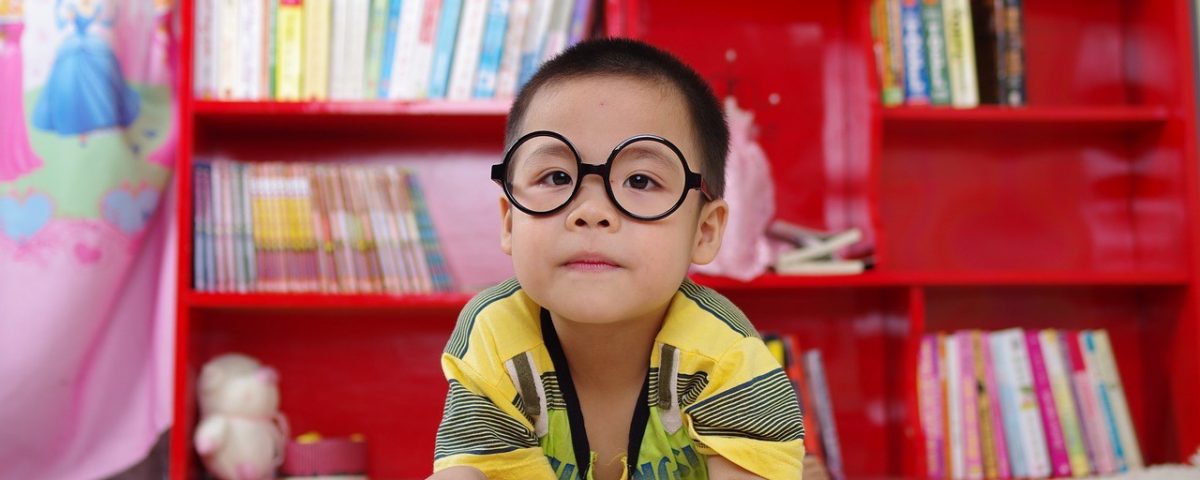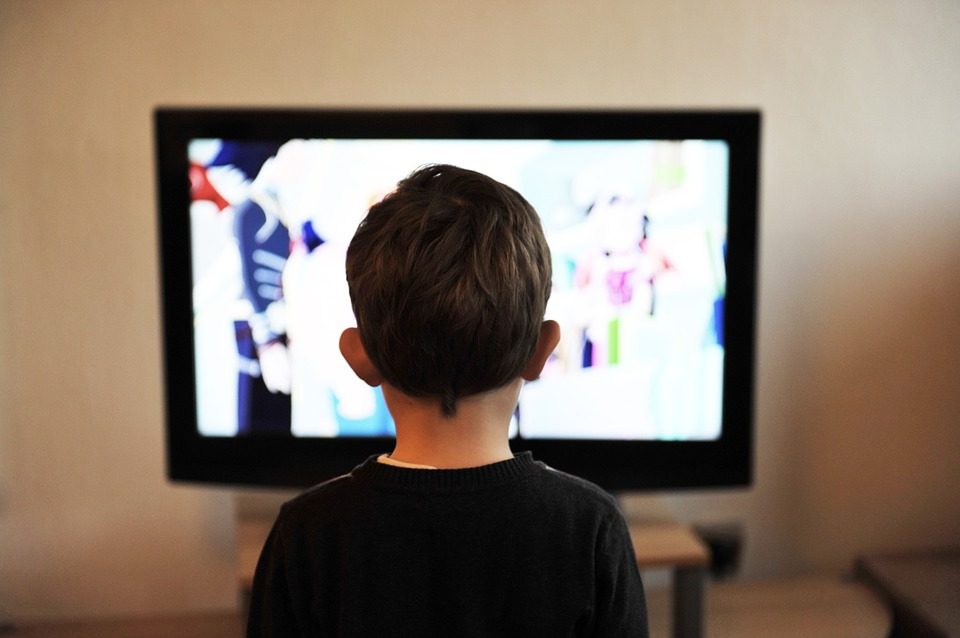
A-Muse-ing (Hope’s Hacks)
September 5, 2018
25 Trends in Publishing: Humor
September 19, 2018About the column: A handful of agents and interns who work with Cyle have learned the latest and (sometimes so, sometimes not so) greatest trends in publishing right now. Tune in each week to find out what’s trending, ranging from ABA to CBA, children’s to adult. The authors of these columns have included social media tags at the end to keep up with trends they are finding. They can also be found here.
 Trend #5 of 25: Children’s Non-fiction
Trend #5 of 25: Children’s Non-fiction
Contributor: Megan Burkhart
And we’re back to children’s again! Whether you write board books, picture books, early readers, or chapter books, the trend across the board is non-fiction in the children’s market.
Why? Because most people want to write fiction, so the market is saturated with it. It’s extremely competitive, so that leaves a gap wide open in the market for non-fiction.
Most people want to write fiction, so the market is saturated with it. It’s extremely competitive, so that leaves a gap wide open in the market for non-fiction. Click To TweetWhat kind of non-fiction is popular right now? As one of our earlier posts already mentioned, STEM is huge! Anything that teaches kids about science, technology, engineering, or math in an easy to understand way will sell. Biographies are also big right now, especially about women who made an impact in their fields. There will be a whole blog post dedicated to biographies soon, so stay tuned for that.
Parents especially love buying their kids books that make learning fun. But that ushers in another question, and perhaps the most important question: how do you make learning fun?
 Here’s a simple test: if you’re bored while writing it, kids will definitely be bored while reading it. That’s not fun for the author or the reader.
Here’s a simple test: if you’re bored while writing it, kids will definitely be bored while reading it. That’s not fun for the author or the reader.
Is your topic something that can easily be brought down to a kid-friendly level? This is where Microsoft Word can be helpful. In the spelling and grammar check tool, it can also tell you the reading/grade level of your story. Make sure it fits with your target age group!
That being said, it’s okay to challenge kids with words they may not know. I would suggest including a glossary or some other breakdown in the back matter to allow kids to expand their vocabulary.
It’s not just about your word choice though. What’s your fun factor? How will kids relate to the topic you chose? For example, I picked up a children’s book recently that used the story of King Arthur and the Round Table to teach basic math principles. The knights and King Arthur started out with a rectangular table, and a carpenter is tasked with making a table where everyone can fit and have equal say. The book then walks through the different shaped tables the carpenter makes until he solves the problem by making a round table.
I, as an adult, read it and loved it! It was clever and cute. Non-fiction is a pretty flexible genre. It can read like fiction if you want it to, and I would say that’s the most common type of non-fiction I see in bookstores right now.
One more way to make non-fiction fun is to make it interactive. In your proposal, you can suggest formatting options, such as, “The front cover could have moving wheels on it.” This is exactly what a new imprint from Macmillan, Odd Dot, did with one of their books. Kids can rotate wheels on the front cover on the book. What kid doesn’t want to touch things that move?
You can get creative with it, but always note that you’re open to the publisher’s suggestions. Show them you are open and easy to work with.
 Giving non-fiction a chance may be a good stepping stone for your career, especially if you’re not an established author yet. It’s all about finding the gaps in the market and filling them. I hope this has been helpful, and stay tuned for next week’s trend!
Giving non-fiction a chance may be a good stepping stone for your career, especially if you’re not an established author yet. It’s all about finding the gaps in the market and filling them. I hope this has been helpful, and stay tuned for next week’s trend!
Megan Lynne Burkhart is an intern for Cyle Young and a professional writing student at Taylor University. She loves YA Fantasy and Children’s Books, and she believes being a princess is hard work. She hasn’t found her frog prince yet, and she still secretly loves the color pink, although Lake Michigan blue is a close second. You can find out more about her at meganlynneauthor.weebly.com.




